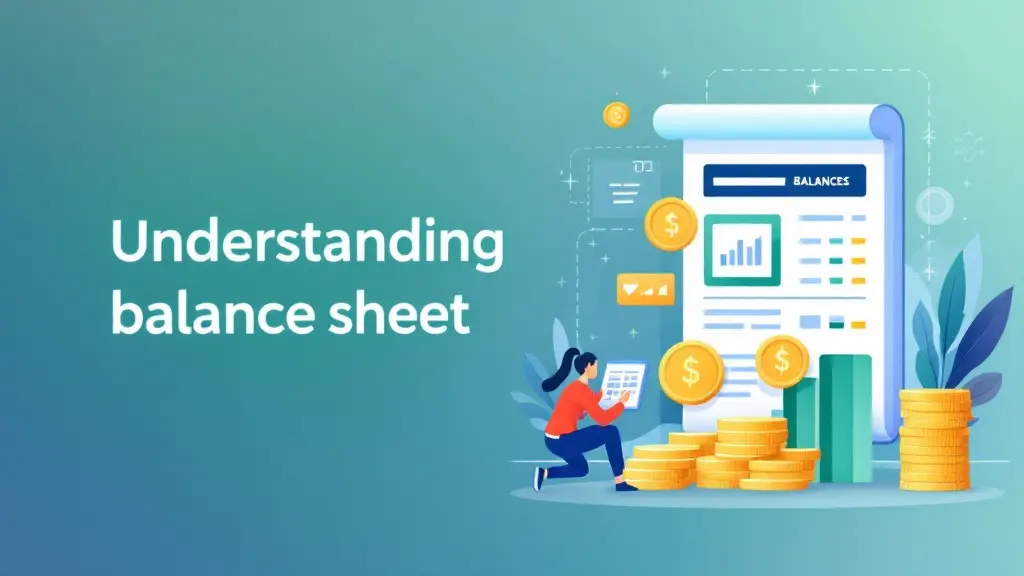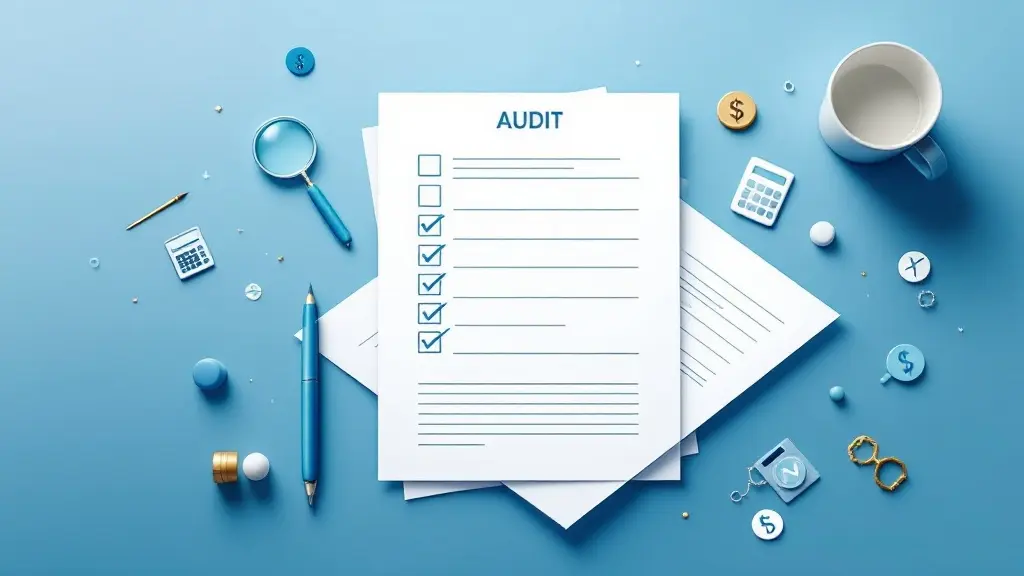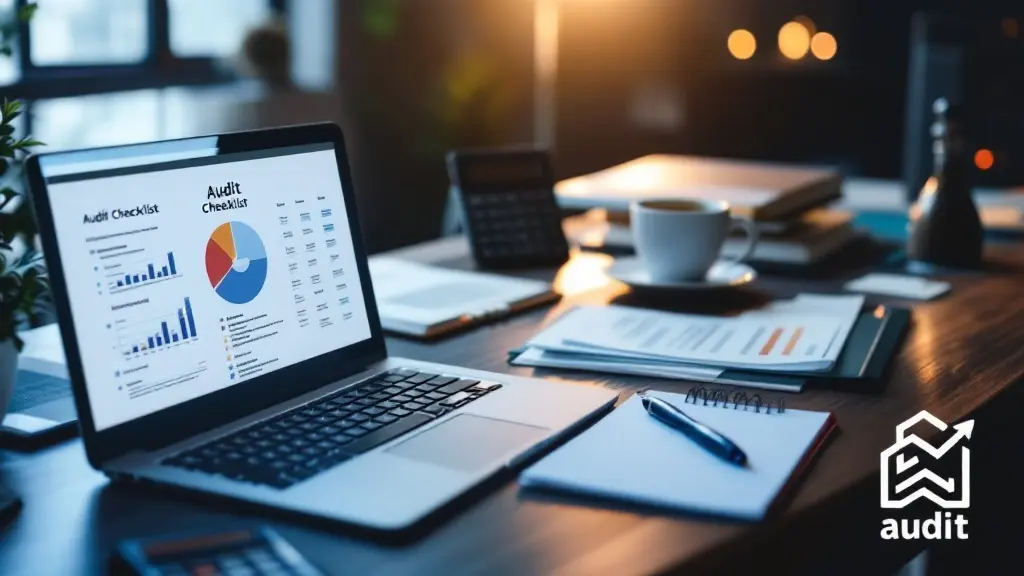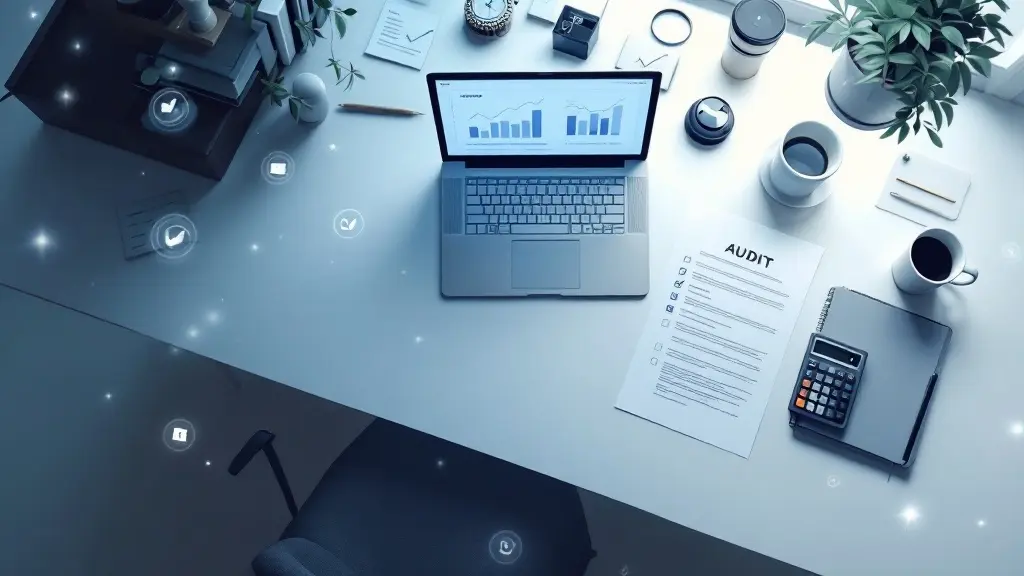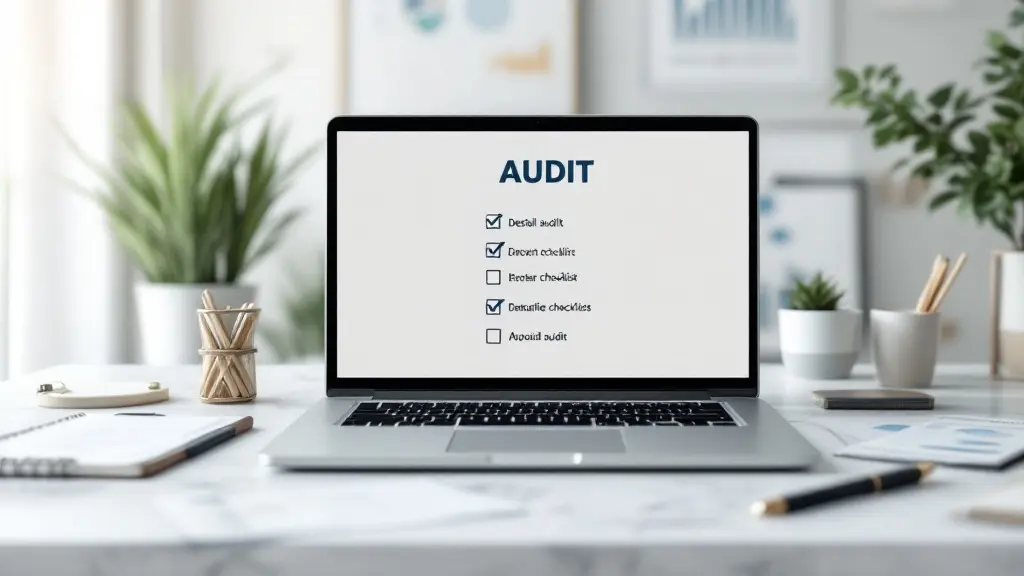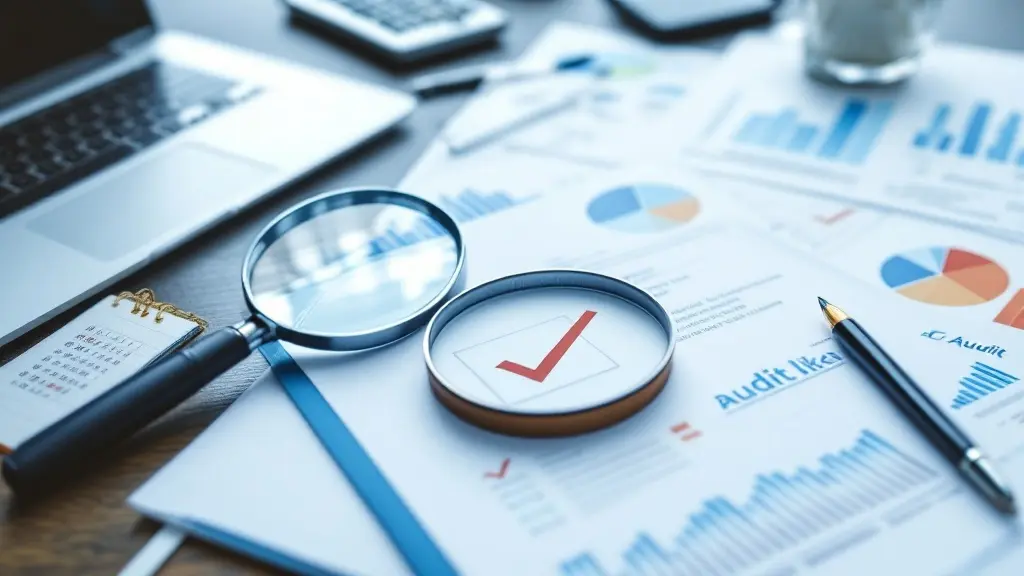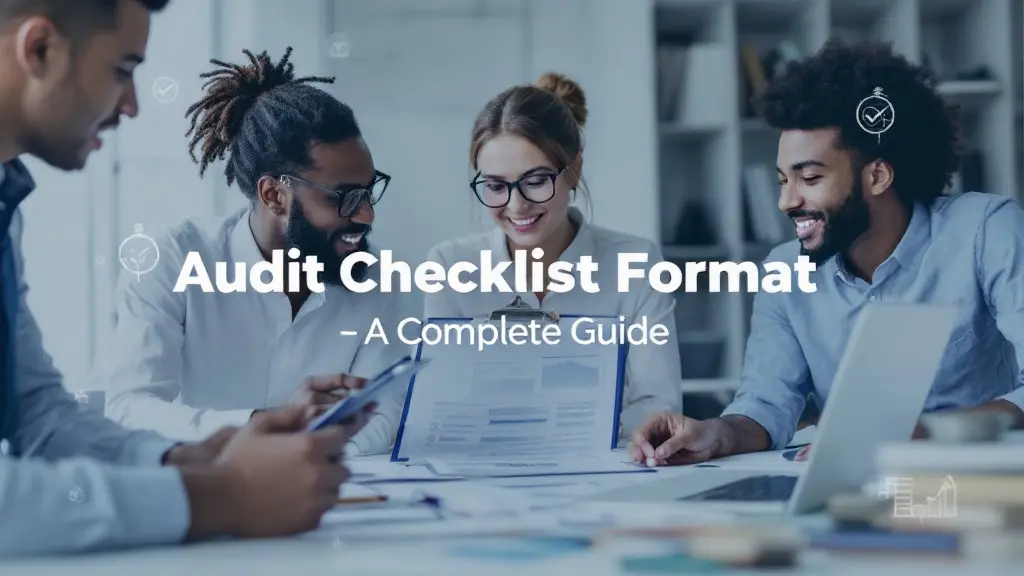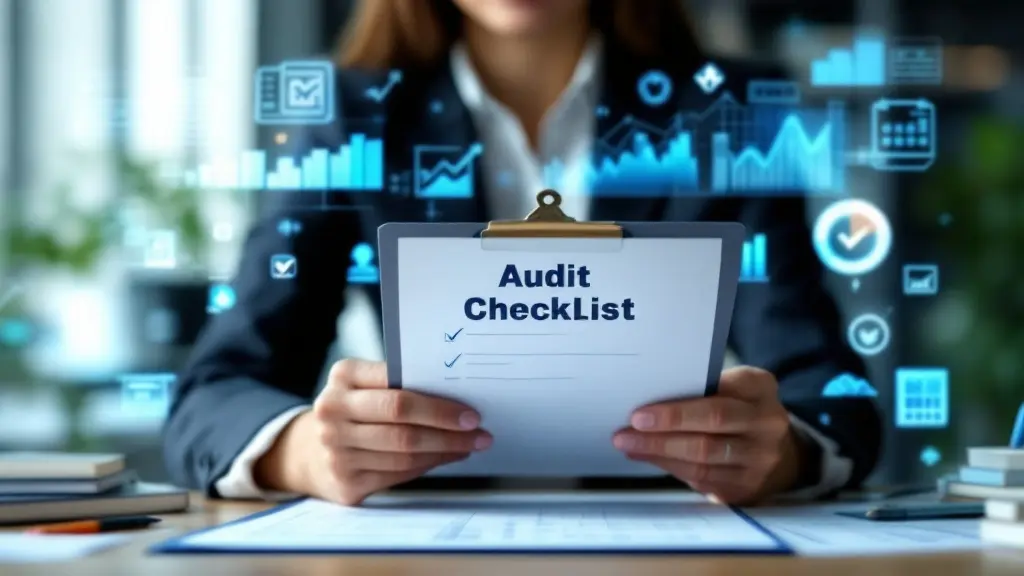Assets and Liabilities: The Basics Everyone Should Know
Table of Contents
Most Read
[fusion_dropcap class="fusion-content-tb-dropcap"]W[/fusion_dropcap]hether you’re managing your business finances or just trying to get a better grip on your personal wealth, understanding assets and liabilities is essential. These two financial terms form the backbone of your balance sheet—and ultimately, they define your net worth.
In this guide, we’ll break down what assets and liabilities are, the different types, real-life examples, and why they matter for your financial health. Don’t worry—we’ll keep things simple and easy to follow.
🔑 What Are Assets?
In simple terms, assets are everything you own that has monetary value. They are things that put money in your pocket—either now or in the future.
If you were to sell all your valuable items, bank savings, and investments, those would be your assets. Businesses have assets too—like office equipment, inventory, cash in hand, and customer payments due.
📌 Common Examples of Assets:
- Cash: Money in hand or in bank accounts
- Investments: Stocks, mutual funds, bonds
- Accounts Receivable: Money your clients owe you
- Inventory: Goods available for sale
- Property: Real estate, land, buildings
- Vehicles and Equipment: Used in operations
- Intellectual Property: Patents, trademarks, copyrights
🧠 What Are Liabilities?
Now, let’s talk about liabilities—these are things you owe. In short, liabilities take money out of your pocket. They include loans, credit card debt, bills due, or any other financial obligations.
Liabilities aren’t necessarily bad—most businesses run with some amount of debt. But understanding and managing your liabilities is key to financial stability.
📌 Common Examples of Liabilities:
- Loans: Business or personal
- Accounts Payable: Bills to suppliers
- Credit Card Balances
- Mortgages: Home loans
- Taxes Owed
- Salaries Payable
📊 The Relationship Between Assets and Liabilities
The most common formula in accounting is:
Assets – Liabilities = Net Worth
This equation tells you how financially healthy you or your business is.
If your assets are greater than your liabilities, you’re in a good spot—you have a positive net worth. If your liabilities exceed your assets, you’re in the danger zone with a negative net worth.
For businesses, this is the backbone of the balance sheet.
🧩 Types of Assets
Assets are further divided into categories based on their characteristics. Understanding these types can help you organize your finances more effectively.
1. Current Assets
These are assets that can be quickly converted into cash—usually within a year.
Examples:
- Cash and bank balances
- Accounts receivable
- Inventory
- Prepaid expenses
2. Fixed Assets (Non-Current Assets)
Long-term resources used over time in business operations.
Examples:
- Land
- Buildings
- Machinery
- Furniture
3. Tangible vs Intangible Assets
- Tangible: Physical items (e.g., equipment, vehicles)
- Intangible: Non-physical assets (e.g., patents, goodwill)
4. Operating vs Non-operating Assets
- Operating Assets: Used in daily business activities
- Non-operating Assets: Not essential for daily operations (e.g., investment property)
🧮 Types of Liabilities
Like assets, liabilities are also classified into short-term and long-term.
1. Current Liabilities
These are obligations due within a year.
Examples:
- Accounts payable
- Short-term loans
- Taxes payable
- Accrued expenses
2. Non-Current Liabilities (Long-Term)
These are debts or obligations that are due after one year or more.
Examples:
- Long-term loans
- Mortgage obligations
- Lease liabilities
- Bonds payable
💡 Why Understanding Assets and Liabilities Matters
Let’s be real—most of us aren’t accountants. But knowing the basics can empower you to make smarter financial decisions. Here’s why it matters:
✅ 1. Better Money Management
You can’t manage what you don’t understand. Knowing your assets and liabilities helps you track your financial progress.
✅ 2. Business Decision-Making
For businesses, a clear understanding of financial position helps in planning, budgeting, and securing investments.
✅ 3. Net Worth Calculation
This is how you know if you’re moving forward or backward financially.
✅ 4. Creditworthiness
Banks and investors evaluate your balance sheet before offering loans or funding.
📘 Real-Life Examples to Understand Better
Let’s say you run a small business. Here’s a snapshot:
Assets:
- Cash in bank: ₹2,00,000
- Inventory: ₹1,50,000
- Equipment: ₹3,00,000
Total Assets: ₹6,50,000
Liabilities:
- Loan from bank: ₹2,00,000
- Payable to suppliers: ₹1,00,000
Total Liabilities: ₹3,00,000
Net Worth = ₹6,50,000 – ₹3,00,000 = ₹3,50,000
This positive net worth shows your business is financially healthy.
🛠️ Tips to Improve Your Financial Health
Whether for personal or business finances, here’s how to stay on top of your assets and liabilities:
✔️ Keep Records Updated
Track your cash flow, assets, and debts regularly using tools like accounting software or spreadsheets.
✔️ Grow Your Assets
Invest in revenue-generating assets like property, mutual funds, or business tools.
✔️ Reduce Liabilities
Pay off high-interest debts and avoid unnecessary loans.
✔️ Separate Personal & Business Finances
Mixing them can create confusion and affect clarity in decision-making.
✔️ Consult an Expert
Sometimes, a financial advisor or accountant can offer insights tailored to your specific situation.
📎 Final Thoughts
Understanding assets and liabilities isn’t just for finance professionals. Whether you’re an entrepreneur, freelancer, student, or homemaker—it plays a vital role in shaping your financial future. The more clarity you have around what you own and what you owe, the better positioned you are to make informed decisions.
So the next time you look at your bank balance or consider taking a loan, think beyond the numbers. Ask yourself—“Is this improving my assets or increasing my liabilities?”
That one question alone can lead you toward better financial habits and long-term success.
Need help managing your business finances or creating an effective accounting strategy?
At FinTax24, we help individuals and businesses across Gujarat make smarter, compliant, and growth-driven financial decisions.
📞 Get in touch today at www.fintax24.in and let us help you build a financially secure tomorrow.
Would you like me to format this post with HTML tags for direct upload to WordPress or help create a featured image for this article?
